The Resurgence of Ambisonics: Immersive Audio's Quiet Revolution
In an era where audio experiences are increasingly chasing realism, Ambisonics has emerged from academic obscurity to become a cornerstone of immersive sound. Unlike traditional stereo or even surround sound formats, this spherical audio capture and reproduction technique offers listeners a true 360-degree soundfield. What began as a niche research project in the 1970s at the University of York has now found surprising relevance in everything from VR gaming to architectural acoustics simulation.
The magic of Ambisonics lies in its mathematical elegance. By encoding sound information in spherical harmonics rather than discrete channels, it creates a soundfield that remains coherent regardless of listener orientation. This stands in stark contrast to conventional surround systems where moving your head can dramatically alter the perceived audio image. Early implementations were hampered by computational limitations, but modern processing power has finally caught up with the theory's demands.
From Studio to Sphere
Recording in Ambisonics requires specialized microphones featuring multiple capsules arranged in precise geometric patterns. The tetrahedral microphone array has become something of a standard, with companies like Sennheiser and SoundField developing increasingly sophisticated models. These microphones capture not just directional information but the complete acoustic environment - the reverberant characteristics that tell our brains whether we're in a cathedral or a closet.
Post-production workflows have evolved dramatically alongside the hardware. Modern digital audio workstations now include Ambisonics panning tools that allow sound designers to place and move audio objects within a full sphere. The recent addition of height information (creating what's called "periphonic" Ambisonics) has completed the three-dimensional picture, enabling truly convincing overhead sounds - whether it's rainfall in a nature documentary or spacecraft in a sci-fi game.
The VR Connection
Virtual reality provided the killer application Ambisonics needed. When Oculus first demonstrated their VR headset to developers, they used Ambisonic audio to complete the illusion of presence. The format's ability to dynamically reorient sound based on head tracking proved indispensable. Game engines like Unity and Unreal now bake Ambisonics support directly into their audio pipelines, while social VR platforms use it to simulate realistic spatial conversations between multiple users.
What makes Ambisonics particularly suited to VR is its scalability. A first-order Ambisonics recording (containing basic directional information) can be decoded to headphones, while higher-order versions (capturing more detailed spatial cues) can be rendered to sophisticated speaker arrays. This flexibility allows developers to create one audio asset that works across everything from mobile VR headsets to professional installations.
Beyond Entertainment
The applications extend far beyond media consumption. Architectural firms now use Ambisonics to auralize building designs before construction begins. By capturing impulse responses from scale models or digital simulations, they can demonstrate exactly how a concert hall will sound from any seat. Similarly, automotive manufacturers employ the technology to optimize in-car audio systems and study noise reduction strategies.
In accessibility development, researchers are experimenting with Ambisonics to create navigation systems for the visually impaired. By encoding environmental sounds and spatial information into headphone-delivered audio cues, they aim to give users a richer understanding of their surroundings than traditional verbal instructions can provide. Early trials suggest the brain processes these spatial audio cues almost as quickly as visual information.
The Format Wars That Weren't
Unlike previous audio format battles (remember SACD vs. DVD-Audio?), Ambisonics has avoided proprietary traps. The open nature of the mathematics behind it has led to broad standardization. The Audio Engineering Society's Ambisonics working group has published recommended practices, while the European Broadcasting Union has established production guidelines. Even YouTube and Facebook now support Ambisonic uploads for 360-degree videos.
This openness does present challenges. Without a single corporate backer pushing the technology, adoption has been gradual rather than revolutionary. There's also the perennial "chicken and egg" problem - content creators hesitate to invest in Ambisonics production until there's more playback capability, while device manufacturers are slow to implement decoders without more content. Yet the steady growth in VR hardware sales and spatial audio research suggests this equilibrium may finally be shifting.
The Future Sounds Spherical
As binaural rendering algorithms improve and more consumer devices gain head tracking capabilities, Ambisonics stands poised to become the default spatial audio format. Apple's introduction of spatial audio with head tracking in AirPods, while not pure Ambisonics, has familiarized millions with the concept of audio that responds to movement. The music industry is taking notice too, with experimental Ambisonic mixes offering listeners the ability to "move through" musical arrangements.
Perhaps most exciting are developments in higher-order Ambisonics (HOA). While first-order systems provide basic localization, third-order and above begin to approach the directional resolution of human hearing. The computational demands are significant - a seventh-order Ambisonics signal requires 64 channels - but the results can be startlingly realistic. As machine learning techniques help optimize the encoding and decoding processes, we may soon have immersive audio that's indistinguishable from real-world acoustics.
The quiet revolution of Ambisonics reminds us that sometimes the most transformative technologies aren't those that shout the loudest, but those that wait patiently for the world to catch up with their potential. In an increasingly virtual world, the ability to authentically recreate how sound behaves in space may prove just as important as visual fidelity in creating truly convincing alternate realities.

By /May 30, 2025

By /May 30, 2025
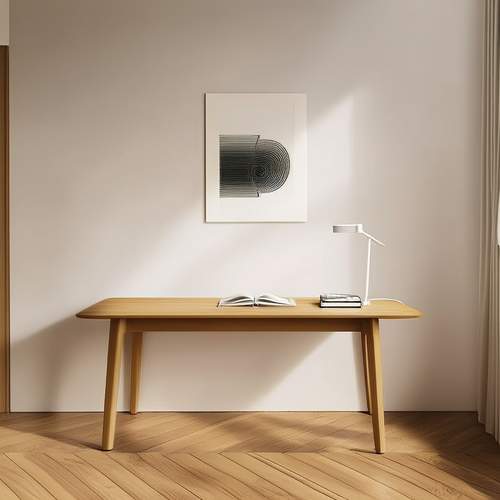
By /May 30, 2025
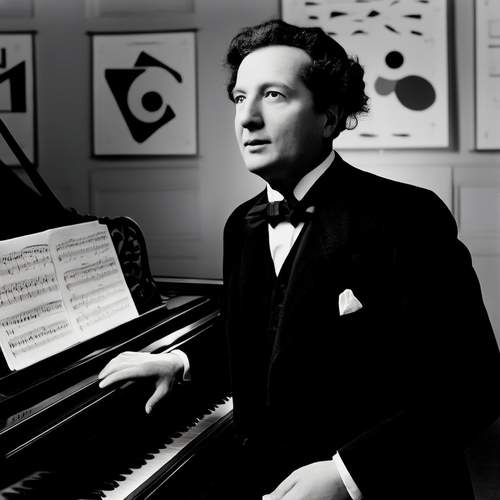
By /May 30, 2025

By /May 30, 2025
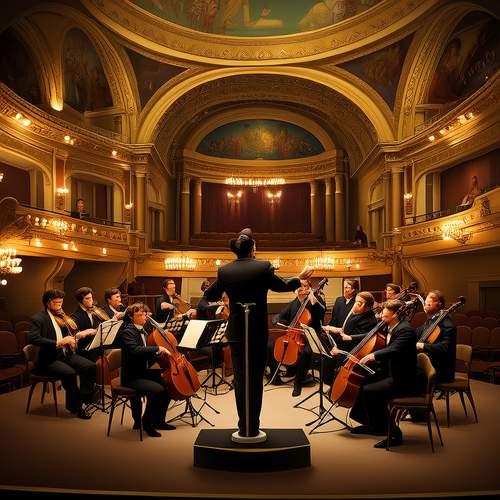
By /May 30, 2025

By /May 30, 2025
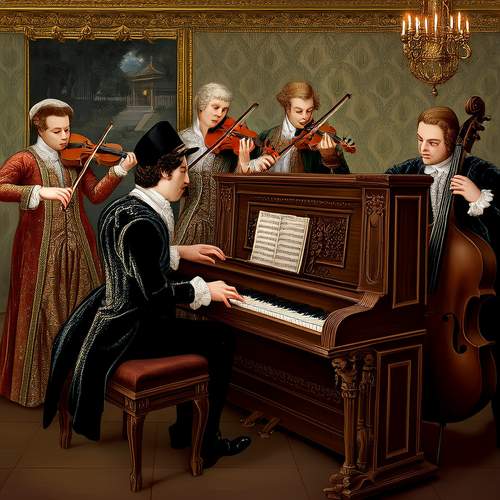
By /May 30, 2025

By /May 30, 2025

By /May 30, 2025
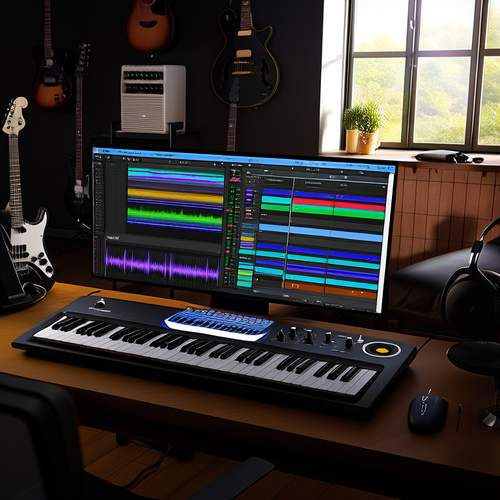
By /May 30, 2025
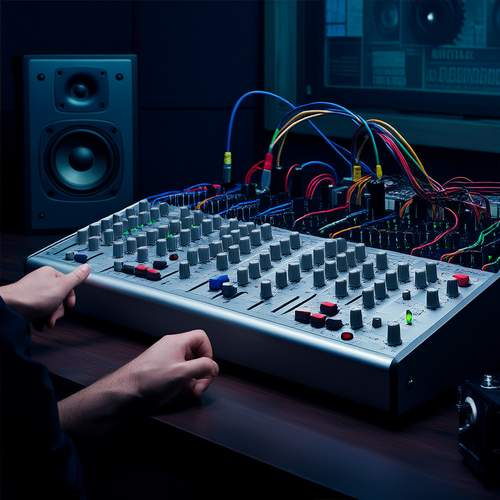
By /May 30, 2025
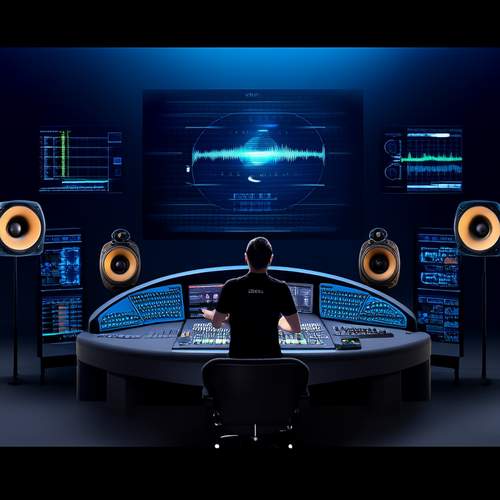
By /May 30, 2025

By /May 30, 2025
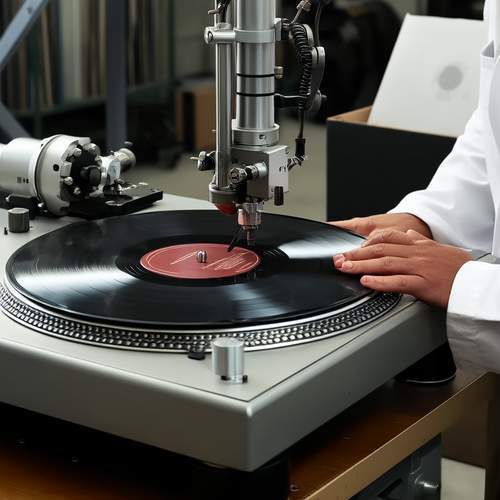
By /May 30, 2025
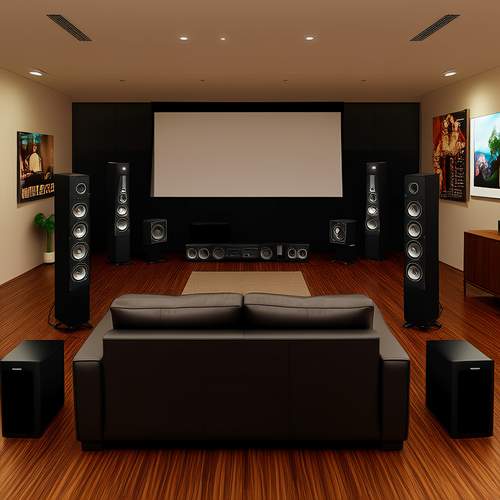
By /May 30, 2025
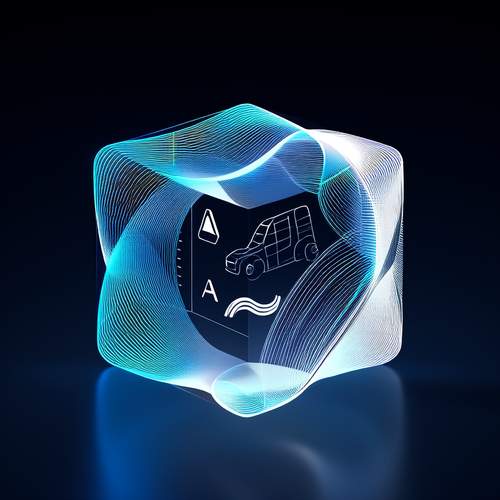
By /May 30, 2025
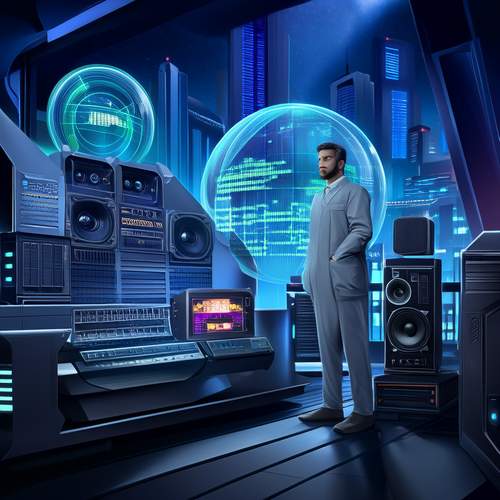
By /May 30, 2025
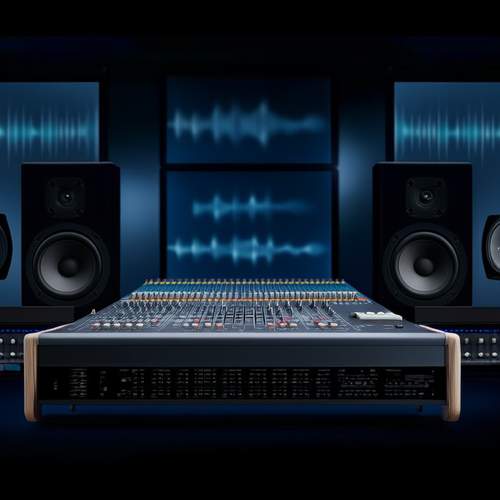
By /May 30, 2025

By /May 30, 2025